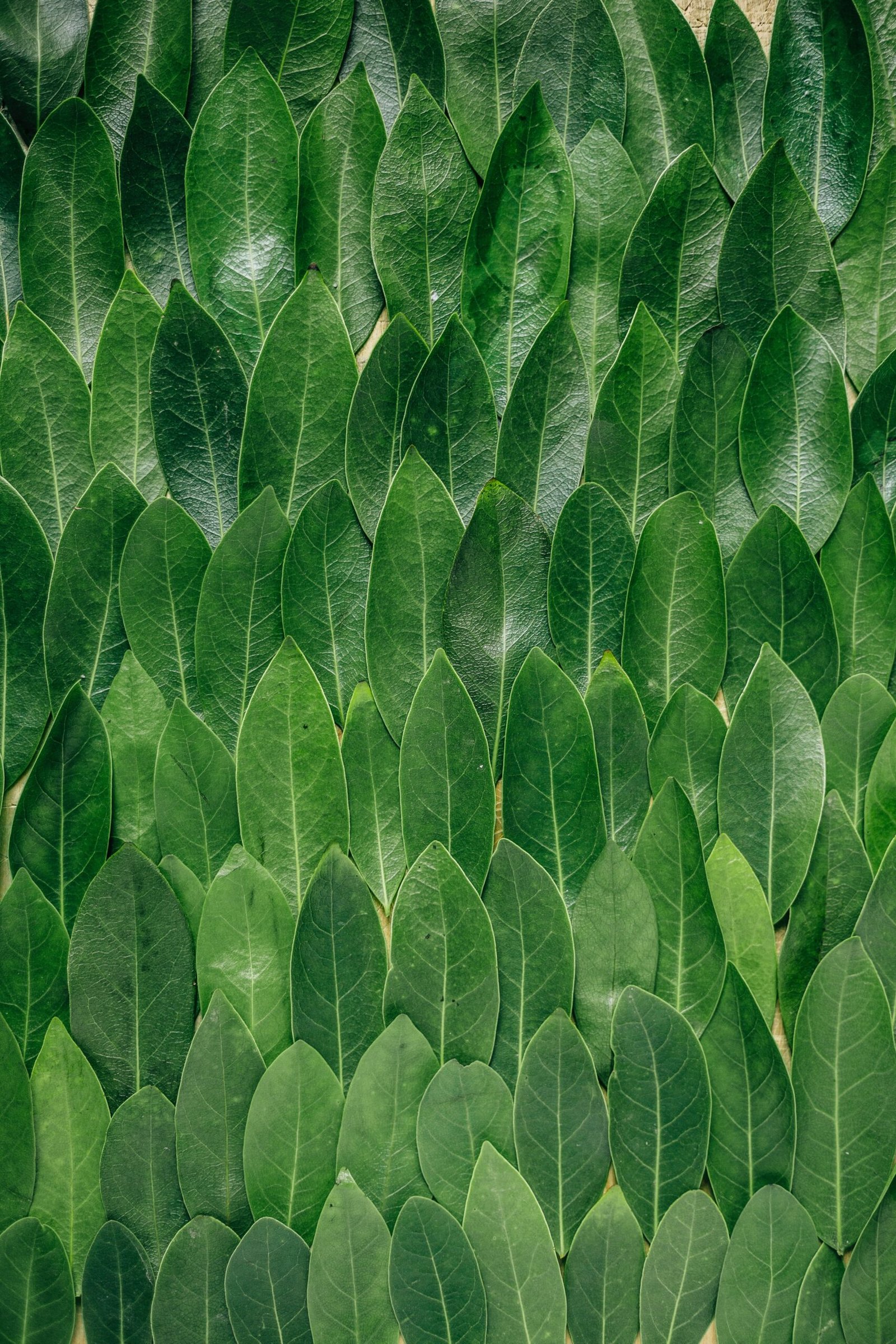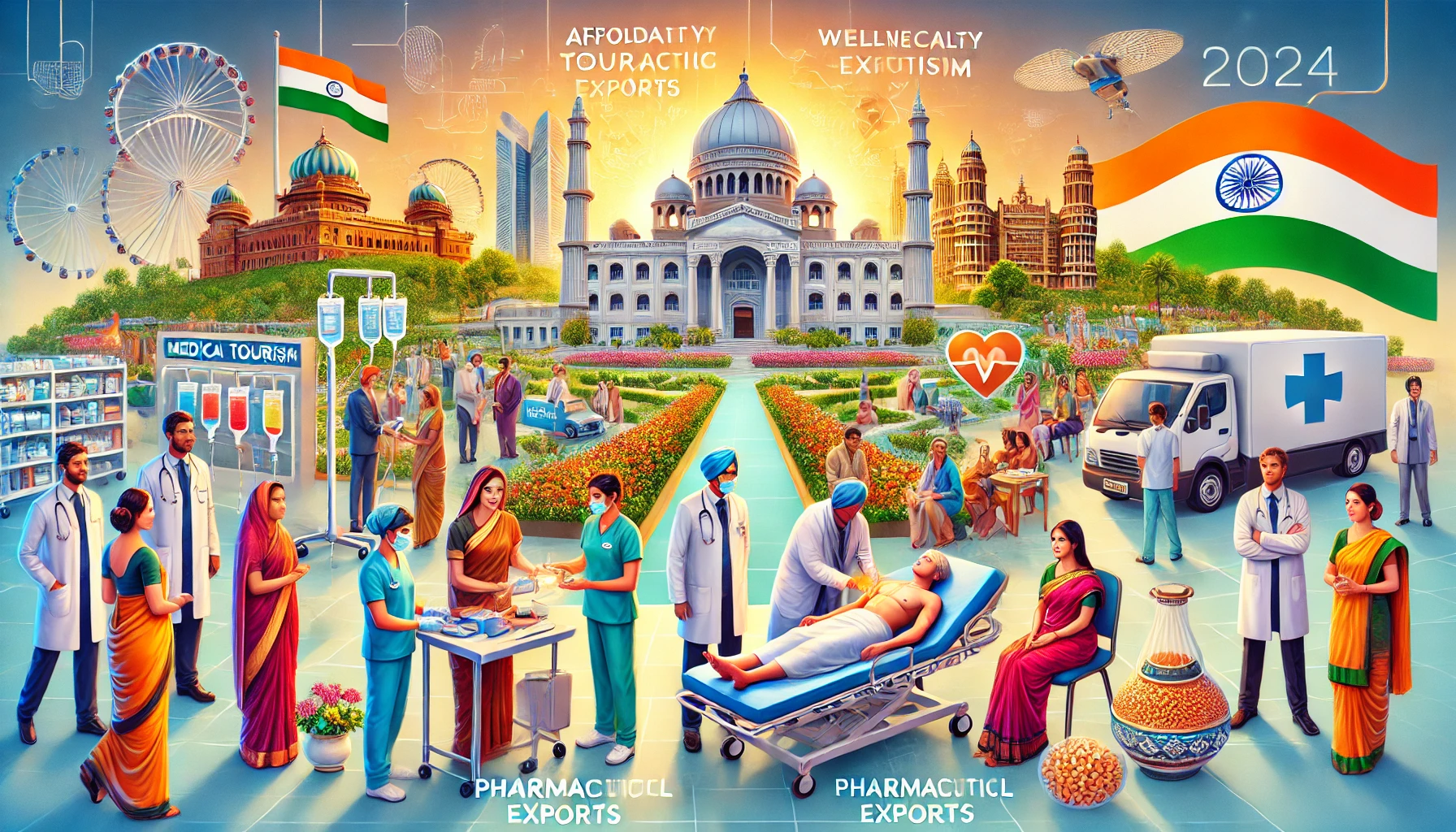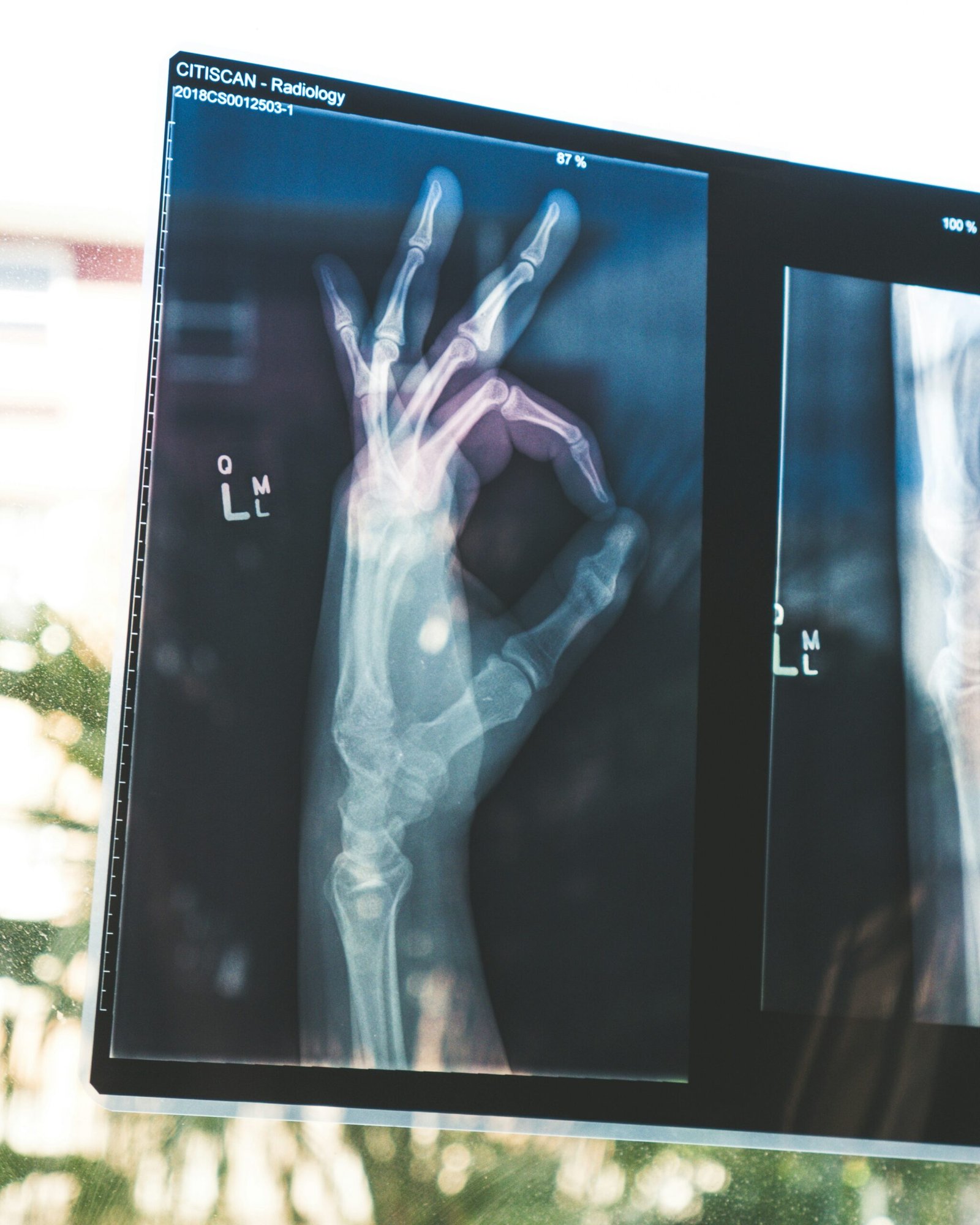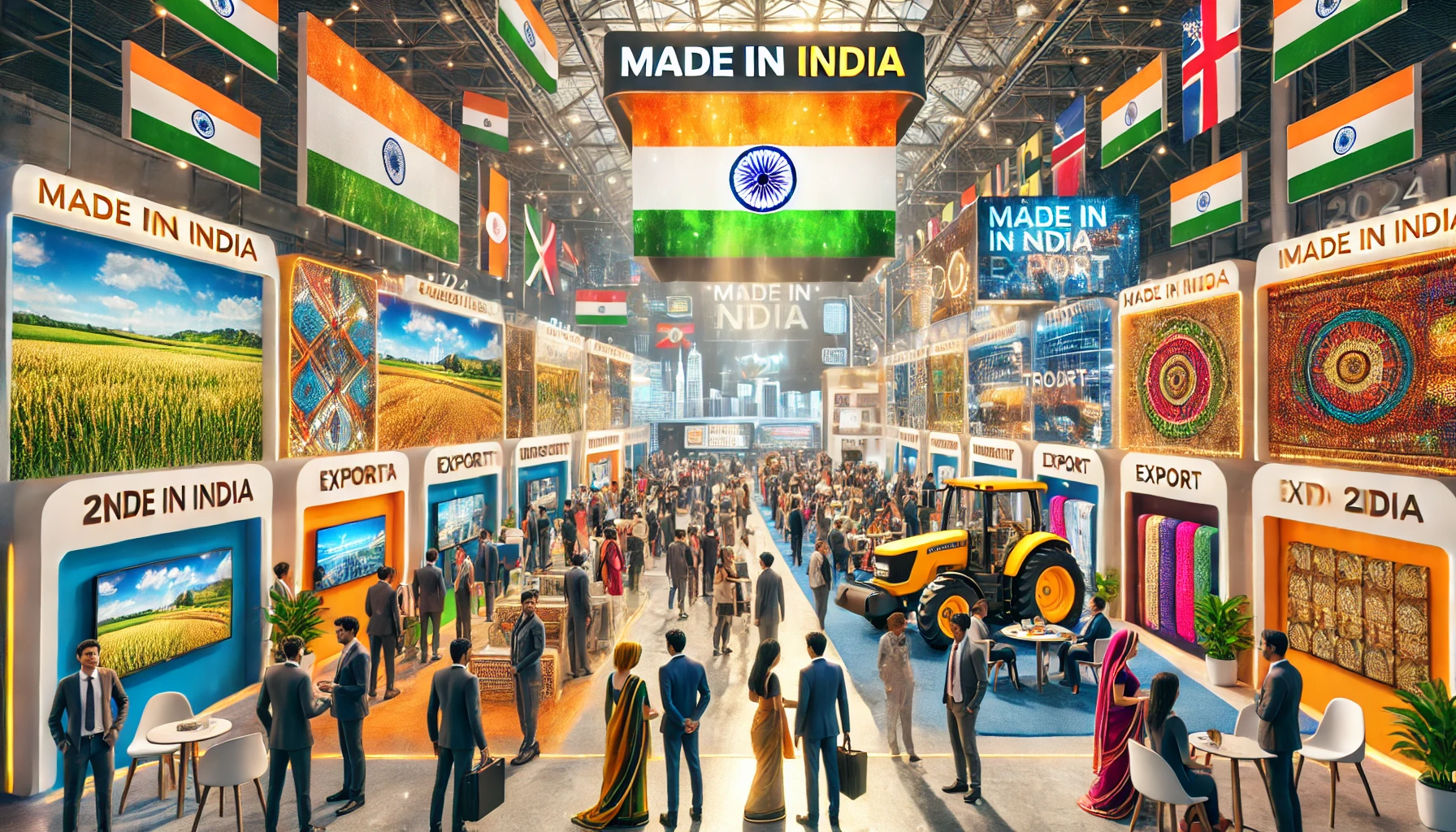Introduction to Indian Art and Export
India has a long-standing tradition of artistry that reflects its diverse culture and rich heritage.
From intricate paintings and sculptures to vibrant crafts and textiles, Indian art showcases a multitude of styles that are deeply rooted in history and local traditions.
These unique art forms have not only enriched the country’s cultural landscape but have also made significant inroads into the global market, particularly in recent years.
The broad spectrum of Indian art includes classical genres such as Madhubani, Warli, and Tanjore painting, as well as contemporary artworks that blend traditional techniques with modern themes.
As Indian artists gain recognition on global platforms, there has been a noticeable surge in the export of these art forms.
The increasing acceptance and appreciation of Indian art abroad are paving the way for significant economic opportunities.
The government’s initiatives, along with the efforts of various art organizations and artists, are geared towards promoting and facilitating the export from India.
This has resulted in thriving markets not only for traditional artworks but also for fusion art and handicrafts that appeal to international audiences.
Furthermore, the rise of e-commerce and online marketplaces has made it easier than ever for Indian artists to showcase and sell their work to buyers around the world.
In 2024, this trend is expected to continue as more artists leverage digital platforms for visibility and sales.
The global art community’s interest in Indian craftsmanship is further supported by international art fairs and exhibitions that highlight India’s rich artistic heritage and innovative contemporary practices.
Overall, the dynamic interplay between Indian art and global markets is enhancing export opportunities and positioning Indian artists as significant contributors to the international art scene.
The Current Landscape of Indian Arts
The Indian art scene is a vibrant and dynamic tapestry that has evolved significantly over the years.
Traditionally characterized by a diverse array of styles, from miniature paintings to intricate sculptures, Indian art now encompasses a wide range of contemporary practices, including street art, digital installations, and performance art.
This evolution reflects both the rich cultural heritage of the country and the modern influences that shape today’s artistic expressions.
Today, Indian artists are harnessing various mediums to create works that resonate with both national and global audiences.
The blending of traditional techniques with contemporary themes has ushered in a new era, making Indian art more accessible and appreciated worldwide.
This cultural renaissance has been facilitated by art fairs, exhibitions, and online platforms, which help promote regional artists and their works on an international stage.
Artists are increasingly finding opportunities to export their creations beyond Indian borders, contributing to a broader understanding of India’s artistic traditions.
Moreover, the rise of social media has played a crucial role in elevating the visibility of Indian artists.
Platforms such as Instagram and Pinterest allow artists to showcase their portfolios to a global audience, leading to collaborations and projects that span continents.
There is a growing demand for Indian art in global markets, particularly in areas that celebrate cultural diversity and inclusivity.
Galleries and collectors are increasingly recognizing the unique perspectives that Indian artists bring to the international art scene, further boosting possibilities for export from India.
In this shifting landscape, the fusion of traditional and contemporary practices indicates a promising future for Indian art.
Artists are gaining respect and recognition, positioning themselves to tap into the expanding export opportunities that 2024 has in store.
As this trend continues, Indian art is poised to flourish on international platforms, enriching cultural dialogue worldwide.
Government Initiatives Supporting Art Exports
The Indian government has recognized the value of art and culture as significant components of the nation’s soft power and economic potential.
Over the years, various initiatives have been introduced to promote the export of art from India, thereby enhancing opportunities for artists and artisans to reach global markets.
These initiatives are aimed at providing financial support, training, and strategic partnerships that propel the export of Indian art and craft.
One key initiative is the establishment of the Commerce Ministry’s Export Promotion Council for Handicrafts (EPCH), which focuses on fostering growth in the handicraft sector.
EPCH not only organizes trade fairs and exhibitions at both national and international levels but also provides artists with the necessary platform to showcase their work.
These events facilitate direct interactions between artists and potential buyers, opening avenues for export from India.
In addition to these councils, the government has initiated financial incentives, such as grants and subsidies, aimed at individual artists and art collectives.
Programs like the ‘Market Development Assistance’ (MDA) scheme serve to reduce the financial burden on artists, enabling them to invest in scaling operations for export purposes.
Furthermore, the introduction of the Goods and Services Tax (GST) has also improved the transparency and efficiency of exporting goods, including artworks.
Moreover, collaboration with international organizations and participation in cultural exchange programs have been instrumental in promoting Indian art.
These strategic partnerships not only improve visibility for Indian artists but also facilitate knowledge transfer regarding international market trends.
Through these multifaceted efforts, the Indian government is actively boosting export opportunities in the art sector, empowering artists to transcend geographical boundaries and share their cultural heritage globally.
Impact of Digital Platforms on Art Exports
The advent of digital technology has significantly transformed the landscape of art exports from India, providing artists with unprecedented opportunities to reach a global audience.
Social media, e-commerce platforms, and digital art galleries have emerged as pivotal tools in promoting Indian art internationally, enabling artists to showcase their work beyond geographical confines.
Social media platforms such as Instagram and Facebook play a crucial role in this transformation.
They allow artists to create a personal brand, share their creative processes, and interact directly with potential buyers.
By posting high-quality images and engaging content, artists are able to reach diverse audiences and foster a global community of art enthusiasts.
This interaction not only aids in building a loyal customer base but also enhances visibility for individual artists and Indian art as a whole.
Moreover, the rise of e-commerce platforms has revolutionized the way art is bought and sold.
Websites such as Etsy and Amazon allow artists to list their creations with ease, providing them an avenue to sell artworks directly to consumers worldwide.
This shift has reduced dependency on traditional galleries and intermediaries, thereby increasing profit margins for artists and facilitating a more streamlined export from India.
In addition to social media and e-commerce, digital art galleries are becoming increasingly popular.
These platforms curate collections from various artists and present them to a global audience, often accompanied by educational content about the artists’ backgrounds and the cultural significance of their work.
This makes it easier for international buyers to appreciate and understand Indian art, which can lead to increased sales and export potential.
As a result, the integration of these digital platforms into the broader art ecosystem has not only expanded the reach of Indian artists but has also transformed the dynamics of art exports, allowing for a more inclusive and accessible marketplace.
The importance of these technologies cannot be overstated, as they continue to reshape the future of Indian art on the global stage.
Case Studies of Successful Indian Artists
In recent years, various Indian artists have successfully navigated the complexities of the export landscape, thereby exemplifying the dynamic synergy between creativity and commerce.
One notable case is that of Manoj Kumar, a traditional craftsman from Rajasthan, who has managed to build a global brand around his handmade pottery.
By leveraging social media platforms and e-commerce websites, Kumar has effectively reached international markets, showcasing unique Indian craftsmanship through visually appealing content.
His innovative marketing strategies, coupled with a commitment to maintaining traditional techniques, have garnered significant interest among collectors and art enthusiasts worldwide.
Another noteworthy example is Anjali Sharma, a contemporary visual artist whose bold use of color and abstract forms has made her work highly sought after in overseas galleries.
Anjali actively participates in international art fairs, which has been instrumental in expanding her presence outside India.
By establishing strategic partnerships with art dealers abroad, she has successfully created a niche market, allowing her to export her artwork while also promoting Indian culture.
In addition, she has embraced digital platforms for selling her pieces, effectively bridging traditional artistry with modern business practices.
Furthermore, Abhishek Reddy, a digital artist based in Hyderabad, has found success by integrating technology with his artistic vision.
Focused on promoting Indian mythology through digital media, Reddy developed an innovative series of animations that caught the attention of international film festivals.
This exposure has led to lucrative export opportunities, including collaborations with overseas production houses.
Reddy’s journey exemplifies how Indian artists can leverage technology alongside traditional themes to create compelling narratives that appeal to global audiences.
These case studies collectively illustrate how Indian artists are not only enriching global art scenes but also boosting export from India through innovative approaches and strategic marketing.
This alignment of artistry with business acumen underscores the potential of cultural products in international markets.
Cultural Collaborations and International Exhibitions
In recent years, the landscape of art export from India has been significantly shaped by cultural collaborations and international exhibitions.
These partnerships not only promote Indian art on a global stage but also foster cultural exchange, enhancing the potential for export from India to various international markets.
Indian artists are increasingly engaging with international organizations, festivals, and curators, allowing for diverse platforms that showcase their work and magnify their reach.
One notable trend is the collaborative projects where Indian artists team up with their international counterparts.
These collaborations often lead to the creation of unique art forms that blend various cultural elements, making them appealing to a wider audience.
By participating in international exhibitions, Indian artists have the opportunity to present their artworks in a global context, thus elevating the visibility of Indian art and boosting potential export opportunities.
Furthermore, these exhibitions serve as vital networking platforms for artists.
They allow artists to connect with gallery owners, collectors, and art enthusiasts from around the world, which can lead to new avenues for sales and partnerships.
As Indian art continues to captivate international audiences, the demand for unique artistic expressions directly supports the growth of export from India.
The benefits of cultural collaborations extend beyond immediate sales; they allow for the nurturing of creative dialogue and exchange of ideas.
This interaction results in the evolution of art practices and encourages innovation among Indian artists, ultimately enriching the global art narrative. In doing so, it reinforces India’s position as a significant contributor to the international art market.
Challenges Faced by Indian Artists in Exporting
Indian artists are increasingly recognizing the potential of the global marketplace, positioning their work for export from India. However, this journey is fraught with various challenges that can complicate the export process.
One significant obstacle is the bureaucratic hurdles involved in navigating the intricacies of international trade regulations.
Artists often encounter complex customs requirements and lengthy documentation processes that can hinder their ability to export art efficiently.
Additionally, there is a notable lack of awareness about the export process among many artists.
This can lead to missed opportunities, as they may not be equipped with the necessary knowledge to effectively market their work abroad or comply with international standards.
Furthermore, artists may struggle to engage with potential buyers or art markets internationally due to limited networking opportunities or inadequate representation in foreign art fairs and exhibitions.
Competition also poses a considerable challenge for Indian artists looking to export their works.
The global art market is highly competitive, and Indian artists are not only competing with their domestic peers but also with established international artists and galleries.
This saturation of options can make it difficult for Indian art to stand out, impacting both sales and visibility.
Pricing issues are another barrier faced by artists navigating the export from India. Cultural differences and various pricing standards can lead to misunderstandings with foreign buyers, who may undervalue the art due to lack of familiarity with the Indian art market.
Additionally, fluctuations in currency and economic conditions can further complicate pricing structures and profit margins for artists.

Overall, while there are numerous export opportunities for Indian artists, these challenges must be addressed to ensure a thriving international art trade.
The Future of Indian Art Exports
The landscape of export from India, particularly in the realm of art, is poised for significant transformation in the coming years.
Economic globalization and technological advancements are shaping how Indian artists interact with the global market.
As we move further into 2024, the trends indicate a growing demand for authentic cultural expressions, which Indian artists are well-placed to fulfill, thereby enhancing their export potential.
One of the most notable trends is the increasing appreciation for indigenous craftsmanship and traditional techniques among international consumers.
The world is seeing a shift towards sustainable and ethically sourced products, elevating the status of handcrafted Indian art.
This preference for uniqueness and authenticity presents Indian artists with the opportunity to strengthen their export from India by appealing to discerning buyers looking for original artwork that tells a story.
Additionally, the digital realm is becoming increasingly influential in art exports. E-commerce platforms and social media have opened new avenues for artists to showcase their work to a global audience.
As artists embrace these digital tools, they can market their creations more effectively, gaining direct access to international clients without the need for intermediaries.
With the rise of virtual exhibitions and online galleries, the barriers to exporting art are diminishing, enabling artists to adapt and thrive.
Furthermore, emerging markets such as Southeast Asia and the Middle East are expected to present lucrative export opportunities.
As these regions exhibit a growing appetite for diverse artistic expressions, Indian artists should strategically position themselves to cater to these evolving consumer preferences.
By leveraging cultural exchanges, collaborations, and understanding market dynamics, the future of Indian art exports looks promising.
In conclusion, the export potential for Indian art is expansive, driven by changing market demands, technological advancements, and the rich heritage of Indian creativity.
As artists navigate these developments, their ability to adapt will be crucial in harnessing future opportunities in the global art market.
Conclusion: The Path Forward
In exploring the ways Indian artists are enhancing export opportunities, it is evident that the intersection of tradition and innovation plays a pivotal role.
The vibrancy of Indian art, rooted in rich history and culture, offers distinct products that appeal to global markets.
As we have discussed, the collaborative efforts between artists, cultural institutions, and government initiatives create a robust ecosystem that fosters creativity and entrepreneurship in the art sector.
This is not just beneficial for artists but also serves to position India as a prominent player in the international art market.
Continued support for artists through platforms that promote their work is essential.
This includes facilitating access to resources, mentorship programs, and networking opportunities that can help them navigate export logistics effectively.
As the global demand for unique and authentic art grows, it is imperative to cultivate a favorable environment that encourages artists to thrive.
By streamlining export processes and providing additional marketing avenues, Indian artists can reach a broader audience while enhancing India’s cultural footprint abroad.
Furthermore, champions of Indian art, whether they are collectors, curators, or supporters, must advocate for its appreciation and inclusion in the global marketplace.
By raising awareness about the distinct narratives and craftsmanship of Indian art, stakeholders can significantly contribute to boosting export from India.
Such advocacy not only promotes individual artists but also nurtures national pride and economic development.
In conclusion, fostering an environment where Indian artists can flourish will undoubtedly enhance their export opportunities.
As we move forward in 2024 and beyond, let us collectively appreciate and promote the wealth of artistic talent in India, ensuring that it receives the recognition and support it deserves on the world stage.








